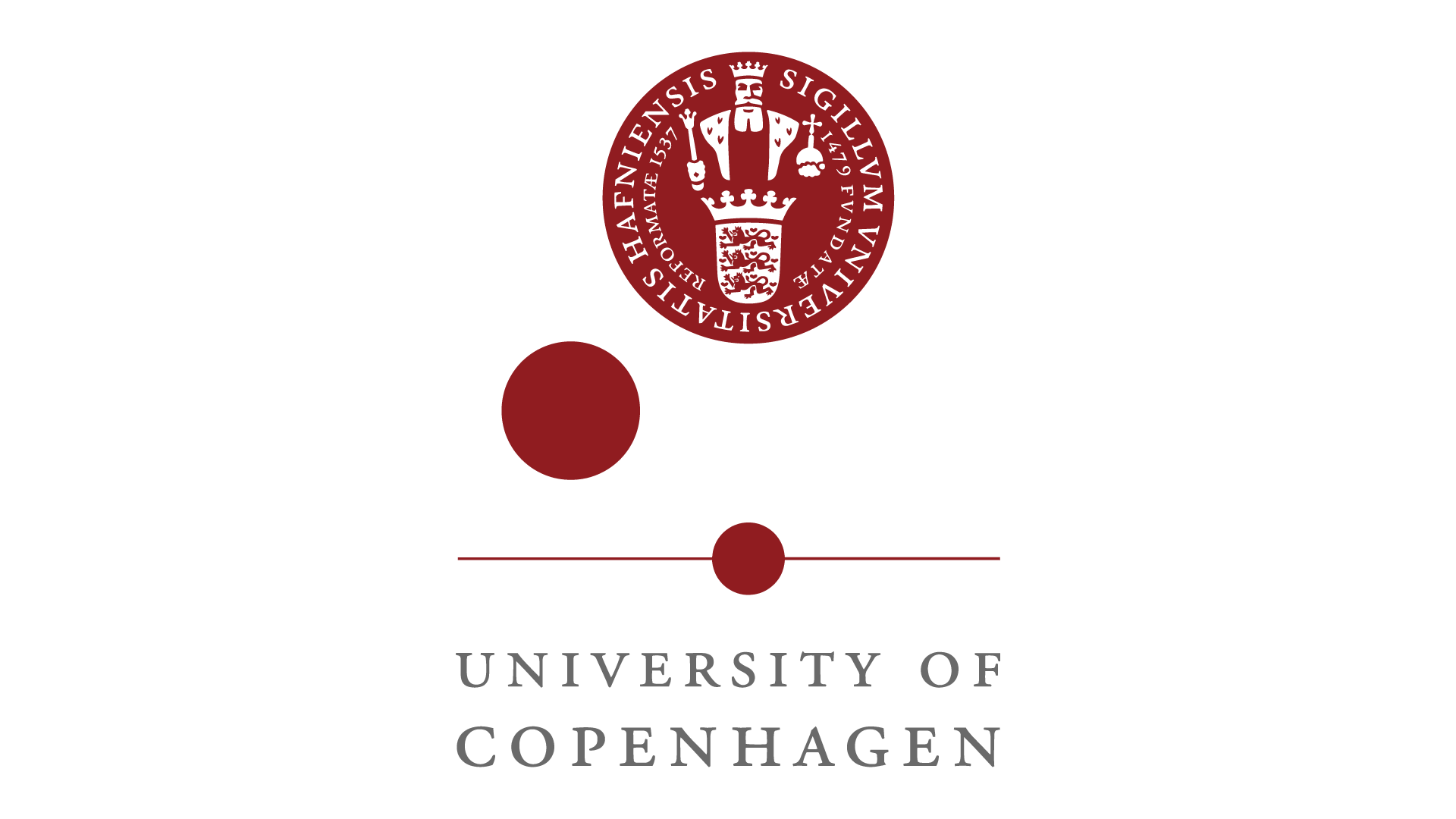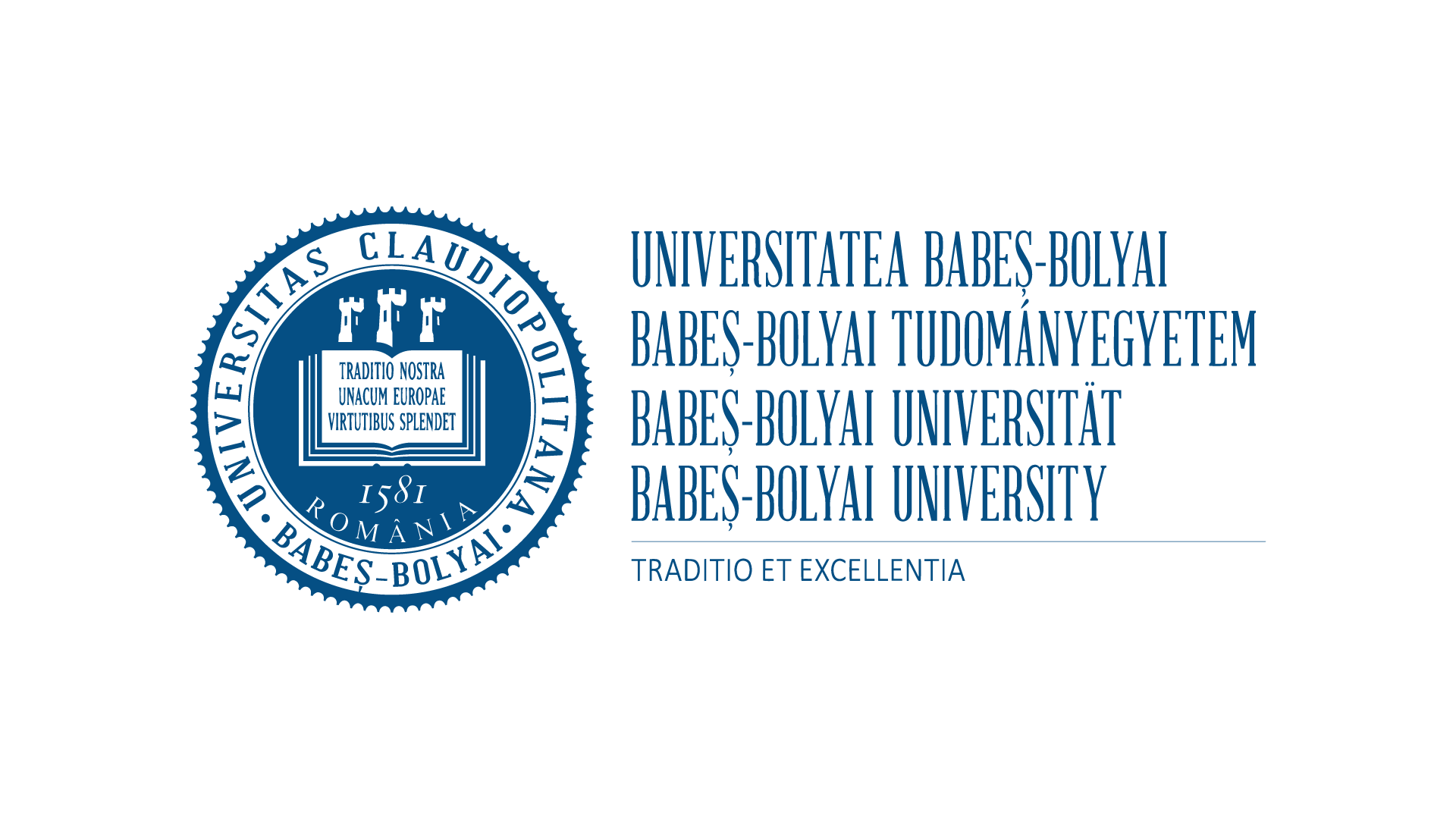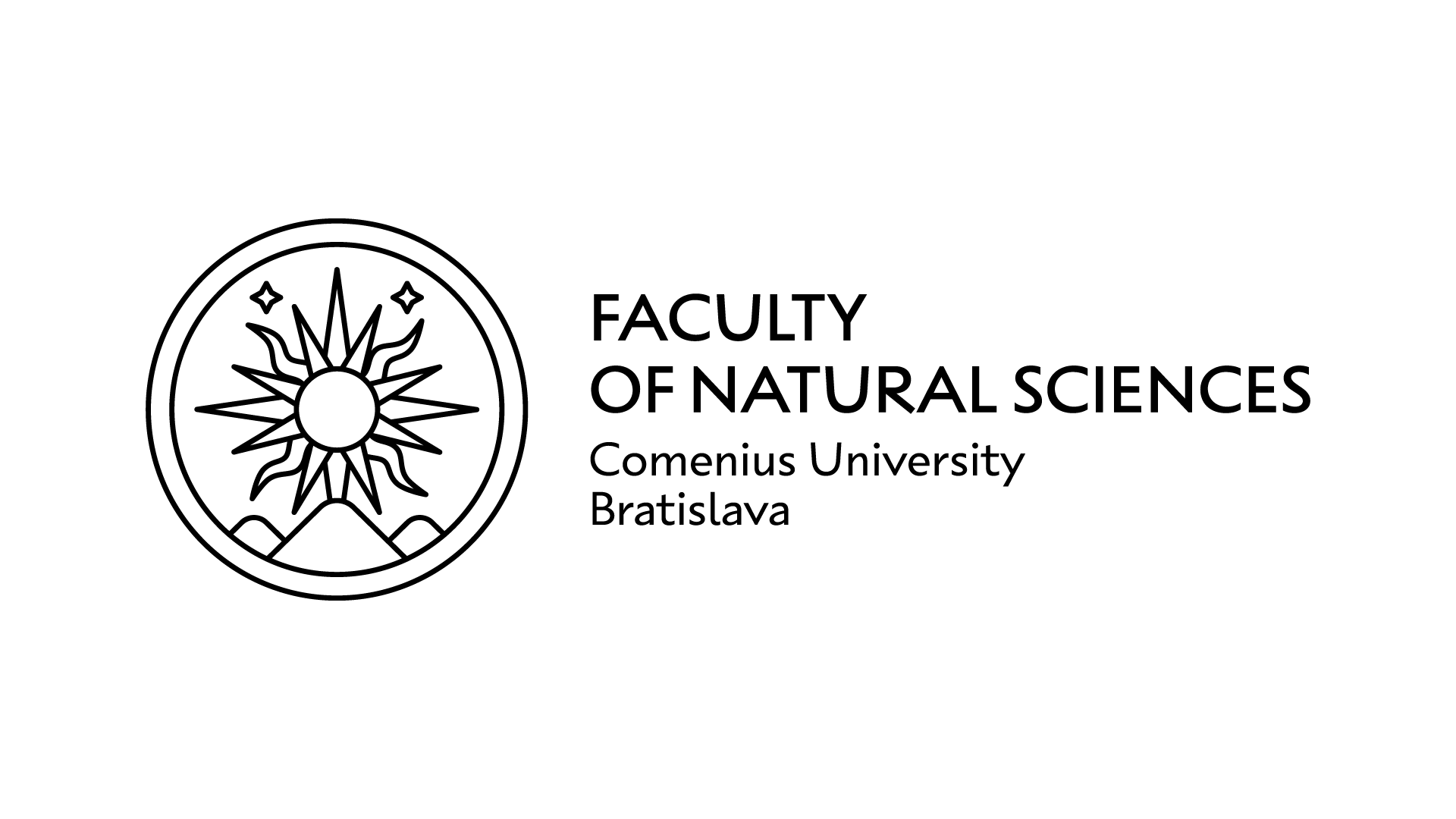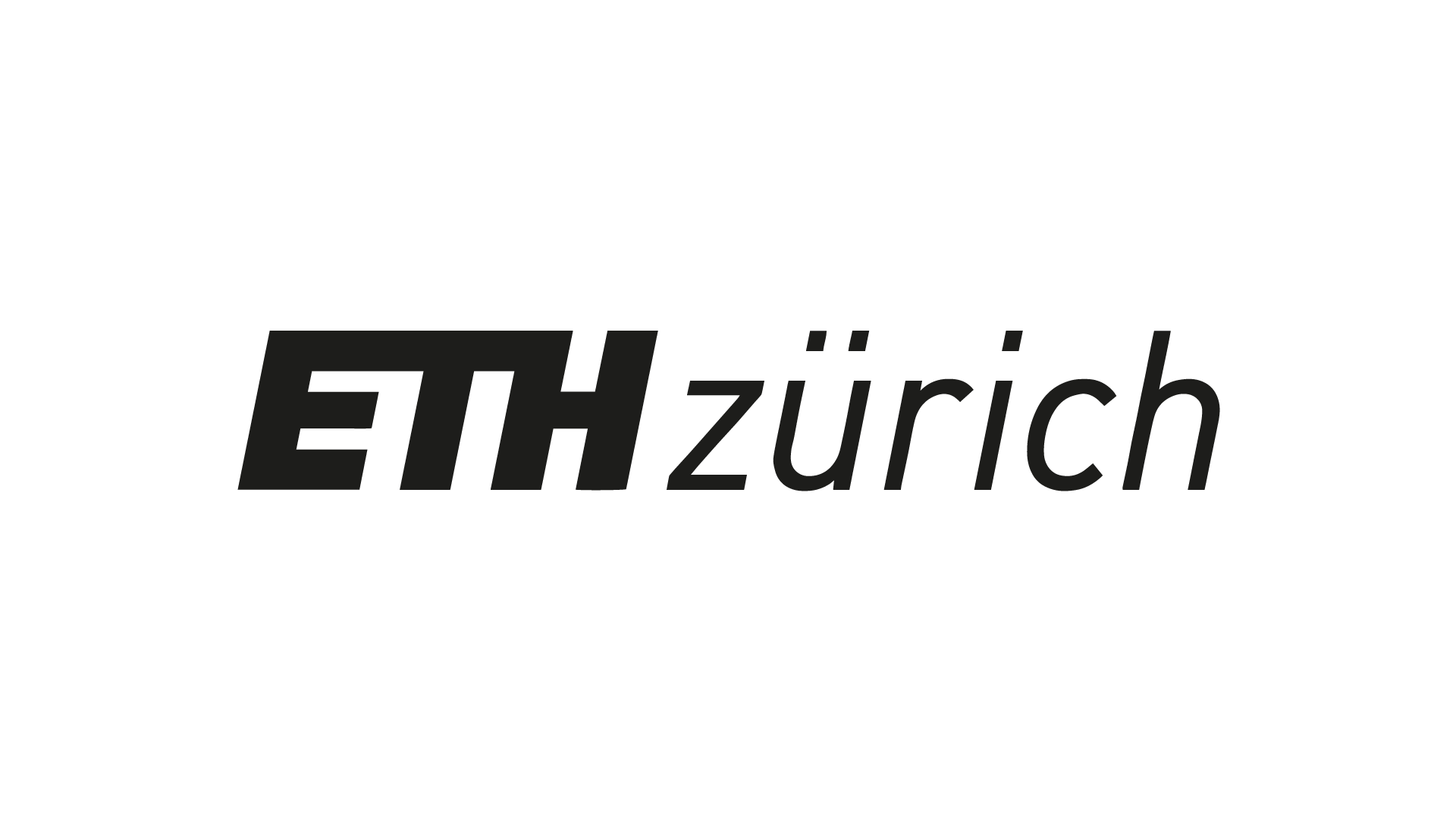ARAGORN objectives
are SMART:
Specific
Measurable
Achievable
Relevant
Timebound
ARAGORN provides a robust decision tree tailored to both private and public land managers, guiding them to the most effective, eco-resilient, and cost-efficient remediation and restoration scenarios.
The goal is clear: help European land managers tackle contamination.
How? Through mapping, gathering on-site information and optimizing tools for prioritizing, planning, and investing in remediating land polluted by contaminants. This will all lead to a better reuse of already claimed land, purposedly avoiding further land-take.
ARAGORN aims to fill the gap in assessing the suitability and sustainability of remediation approaches for contaminated sites in Europe. The project has a holistic, multi-dimensional and resilience-based approach. It aims to optimize planning and management of restored sites through nature-based restoration techniques, while creating a relevant framework for knowledge.
























